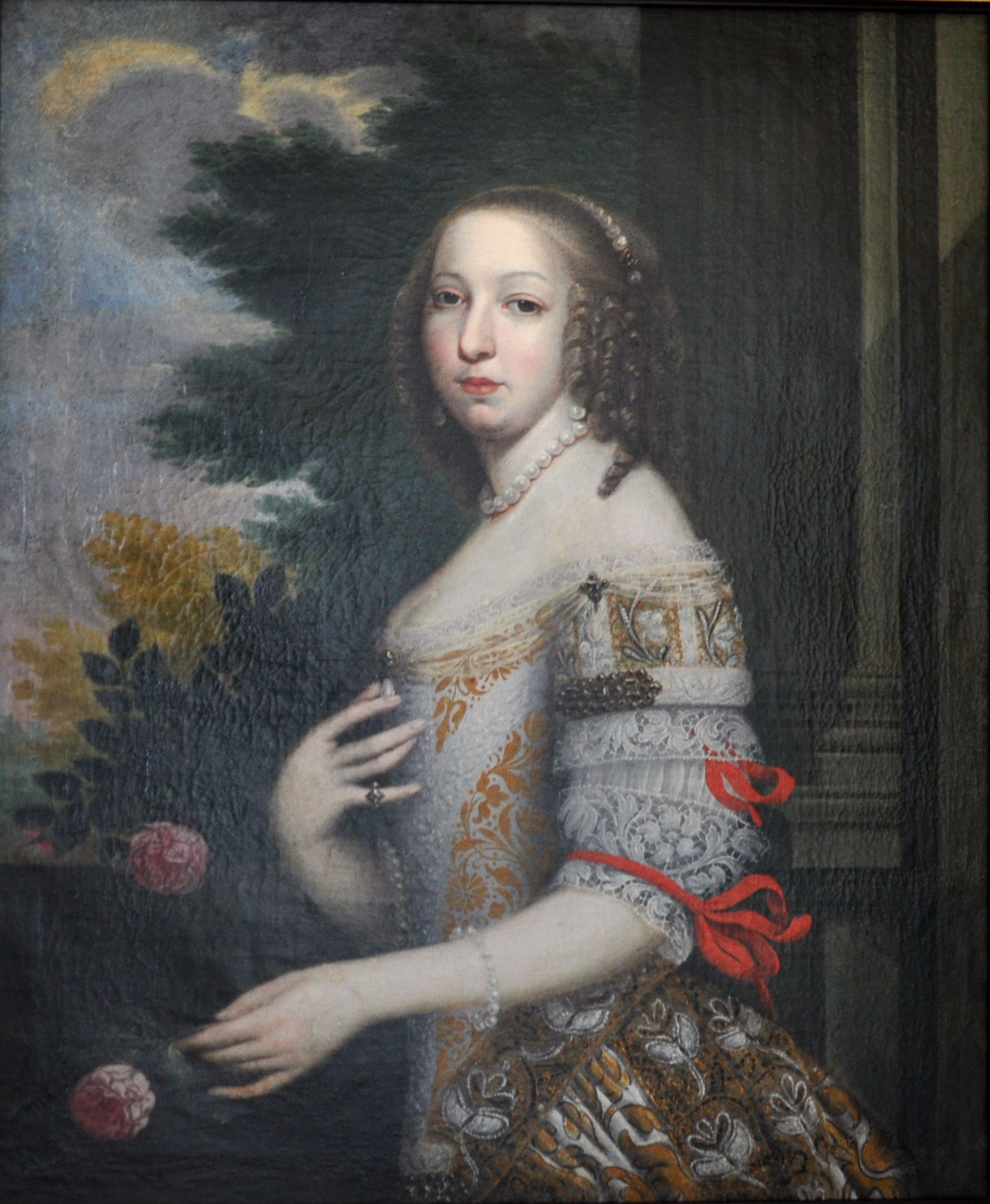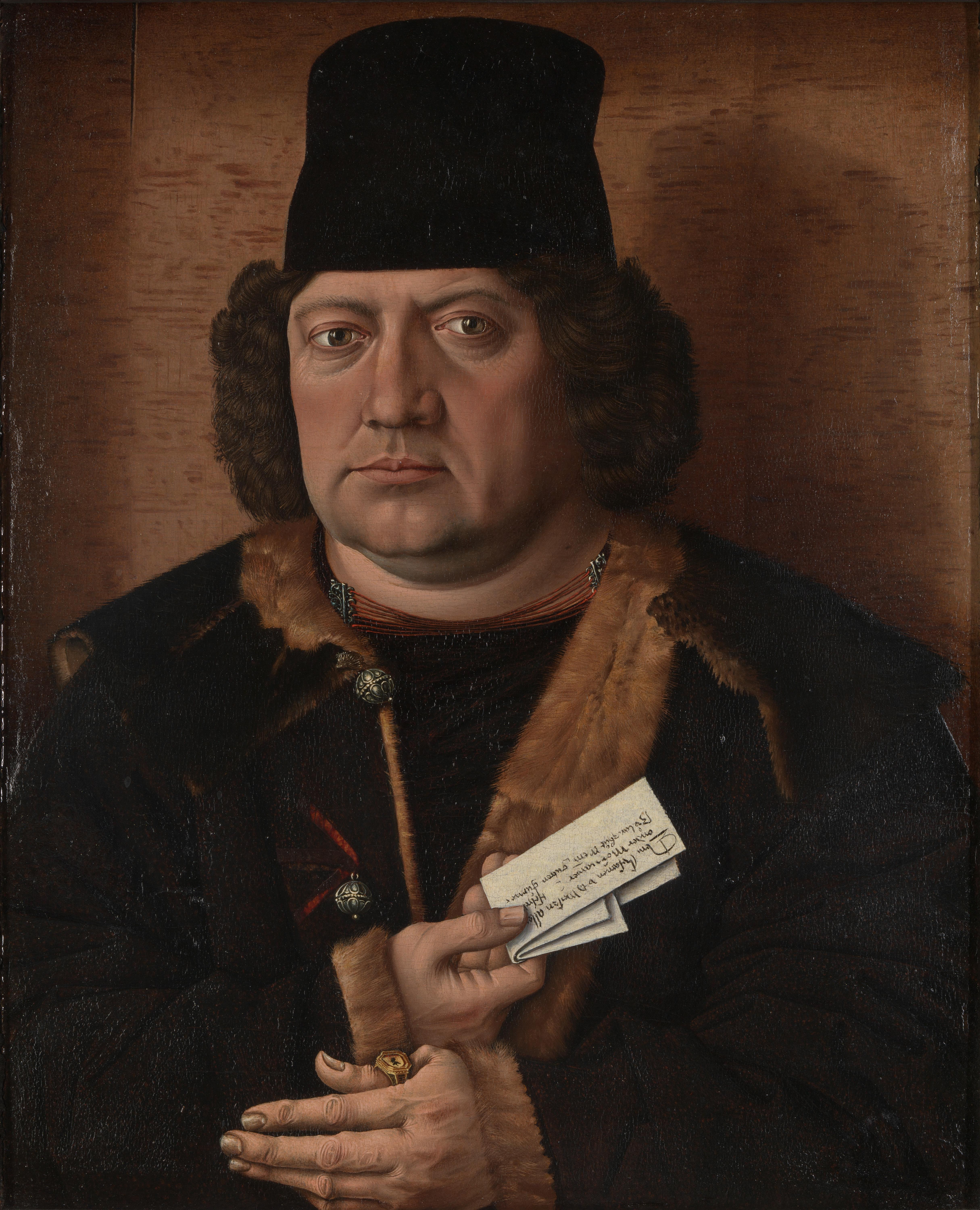|
Kleiner Klebeband
The Kleiner Klebeband ("''little glued binder''") is a collection of over 120 drawings from the 15th and 16th century, which were combined into a leathern binder in the 19th century. It considered as one of the most important reference collections of German art drawings from that period. Maximilian Willibald of Waldburg-Wolfegg (1604–1667) started to collect the drawings of the ''Kleiner Klebeband'' from 1650 until his death. They were part of a much larger art collection, the Wolfegg cabinet, that he founded. They were drawn on loose sheets, but in the 19th century they were assembled into a leathern binder. In fall 2011 the Stiftung Preußischer Kulturbesitz wnd museums of the city of Augsburg bought them from the family Waldburg-Wolfegg and in December of the same year they were shown to the public for the first time in a special exhibition. The ''Kleiner Klebeband'' contains drawings by German artists and a few works of Dutch and Italian masters as well. Among its best kn ... [...More Info...] [...Related Items...] OR: [Wikipedia] [Google] [Baidu] |
Hans Holbein DÄ Veronika Vetter
Hans may refer to: __NOTOC__ People * Hans (name), a masculine given name * Hans Raj Hans, Indian singer and politician ** Navraj Hans, Indian singer, actor, entrepreneur, cricket player and performer, son of Hans Raj Hans ** Yuvraj Hans, Punjabi actor and singer, son of Hans Raj Hans * Hans clan, a tribal clan in Punjab, Pakistan Places * Hans, Marne, a commune in France * Hans Island, administrated by Greenland and Canada Arts and entertainment * ''Hans'' (film) a 2006 Italian film directed by Louis Nero * Hans (Frozen), the main antagonist of the 2013 Disney animated film ''Frozen'' * ''Hans'' (magazine), an Indian Hindi literary monthly * ''Hans'', a comic book drawn by Grzegorz Rosiński and later by Zbigniew Kasprzak Other uses * Clever Hans, the "wonder horse" * ''The Hans India'', an English language newspaper in India * HANS device, a racing car safety device *Hans, the ISO 15924 code for Simplified Chinese script See also *Han (other) Han may refer to: ... [...More Info...] [...Related Items...] OR: [Wikipedia] [Google] [Baidu] |
Maximilian Willibald Of Waldburg-Wolfegg
Maximilian Willibald of Waldburg-Wolfegg (1604–1667) was the head of the house of Waldburg-Wolfegg, military commander and the governor of Upper Palatinate for the Electorate of Bavaria. Today however he is mostly remembered as an art collector and for having founded the Wolfegger Kabinett. At the end of the Thirty Years' War Swedish troops under general Wrangel laid fire to Maximilian Willibald's home Schloss Wolfegg in 1646. As he lacked the funds for an immediate repair, he moved to Amberg, where he accepted the job as a governor of Upper Palatinate. In 1648 Maximilian Willibald married for the second time. His new wife was the Belgian Countess Clara Isabella of Arenberg, who possessed a keen interest in art. Their wedding celebrations saw the performance of ''armamentarium comicum amoris et honoris'' by Bartholomäus Aich, which is considered to be one of the oldest German operatic compositions. Maximilian Willibald himself was well educated in the liberal arts and spoke a ... [...More Info...] [...Related Items...] OR: [Wikipedia] [Google] [Baidu] |
Waldburg-Wolfegg
Waldburg-Wolfegg was a County ruled by the House of Waldburg, located in southeastern Baden-Württemberg, Germany. Waldburg-Wolfegg was a partition of Waldburg-Wolfegg-Zeil and was repartitioned in 1667, creating Waldburg-Waldsee Waldburg-Waldsee was a County and later Principality within Holy Roman Empire, ruled by the House of Waldburg, located in southeastern Baden-Württemberg, Germany, around Bad Waldsee. Waldburg-Waldsee was a partition of Waldburg-Wolfegg. Wh ..., which annexed Waldburg-Wolfegg in 1798 and became the principality of Waldburg-Wolfegg and Waldsee. Counts of Waldburg-Wolfegg * Maximilian Franz Eusebius, 1667–81 * Ferdinand Louis, 1681–1735 * Joseph Franz, 1735–74 * Ferdinand, 1774–79 * Josef Alois, 1779–91 * Karl Eberhard Wunibald, 1791–98 1589 establishments in the Holy Roman Empire {{Germany-hist-stub ... [...More Info...] [...Related Items...] OR: [Wikipedia] [Google] [Baidu] |
Stiftung Preußischer Kulturbesitz
The Prussian Cultural Heritage Foundation (german: Stiftung Preußischer Kulturbesitz; SPK) is a German federal government body that oversees 27 museums and cultural organizations in and around Berlin, Germany. Its purview includes all of Berlin's State Museums, the Berlin State Library, the Prussian Privy State Archives and a variety of institutes and research centers. As such, it is one of the largest cultural organizations in the world, and also the largest cultural employer in Germany with around 2,000 staff as of 2020. More than four million people visited its museums in 2019. The SPK was established in 1957 with the mission to acquire and preserve the cultural legacy of the former State of Prussia. Its current operations include the preservation and care of the museum collections and the continuation of academic and scientific research to encourage learning and understanding between different peoples. In July 2020, Federal Government Commissioner for Culture and the Media Mo ... [...More Info...] [...Related Items...] OR: [Wikipedia] [Google] [Baidu] |
Augsburg
Augsburg (; bar , Augschburg , links=https://en.wikipedia.org/wiki/Swabian_German , label=Swabian German, , ) is a city in Swabia, Bavaria, Germany, around west of Bavarian capital Munich. It is a university town and regional seat of the ''Regierungsbezirk'' Schwaben with an impressive Altstadt (historical city centre). Augsburg is an urban district and home to the institutions of the Landkreis Augsburg. It is the third-largest city in Bavaria (after Munich and Nuremberg) with a population of 300,000 inhabitants, with 885,000 in its metropolitan area. After Neuss, Trier, Cologne and Xanten, Augsburg is one of Germany's oldest cities, founded in 15 BC by the Romans as Augsburg#Early history, Augusta Vindelicorum, named after the Roman emperor Augustus. It was a Free Imperial City from 1276 to 1803 and the home of the patrician (post-Roman Europe), patrician Fugger and Welser families that dominated European banking in the 16th century. According to Behringer, in the sixteen ... [...More Info...] [...Related Items...] OR: [Wikipedia] [Google] [Baidu] |
Hans Holbein The Elder
Hans Holbein the Elder ( , ; german: Hans Holbein der Ältere; – 1524) was a German painter. Life Holbein was born in free imperial city of Augsburg (Germany), and died in Issenheim, Alsace (now France). He belonged to a celebrated family of painters; his father was Michael Holbein; his brother was Sigmund Holbein (died 1540). He had two sons, both artists and printmakers: Ambrosius Holbein (c. 1494 – c. 1519) and Hans Holbein the Younger (c. 1497 – 1543), who both had their first painting lessons from their father. The date of Holbein's birth is unknown. His name appears in the Augsburg tax books in 1494, superseding that of his father. As early as 1493, Holbein had a following, and he worked that year at the abbey at Weingarten, creating the wings of an altarpiece representing Joachim's Offering, the Nativity of the Virgin Mary's Presentation in the Temple, and the Presentation of Christ. Today they hang in separate panels in the cathedral of Augsburg. Holbein pai ... [...More Info...] [...Related Items...] OR: [Wikipedia] [Google] [Baidu] |
Master Of The Mornauer Portrait
The Master of the Mornauer Portrait was a 15th-century German portrait painter active in Bavaria or Tyrol about 1460–1488. His notname is based on the ''Portrait of Alexander Mornauer'' now in the National Gallery, London. He was previously identified with Michael Pacher or Jost Amman, both proposals now rejected. He has also been tentatively identified as Ulrich Füetrer, which remains a possibility.Foister 1991, p. 618 Mornauer portrait The Master's oeuvre has been derived by technical and stylistic comparison with the ''Portrait of Alexander Mornauer'', now in the National Gallery, London ( oil on panel, 45.2 × 38.7 cm, inventory number NG 6532). The sitter is identified by the letter that he holds in his hand, which is addressed to him (in German): Alexander Mornauer is indeed documented as a ''stadtschreiber'' ( town clerk) in Landshut, Bavaria, between 1464 (when he succeeded his father, Landshut's town clerk in 1439–1464) and no later than 1488 (by which time ... [...More Info...] [...Related Items...] OR: [Wikipedia] [Google] [Baidu] |
Peter Halm
Peter Ignaz Johann Halm, later Von Halm (14 December 1854, Mainz 25 January 1923, Munich), was a German etcher who served as a professor of etching at the Academy of Fine Arts, Munich, from 1901 to 1923. Biography He was the son of an innkeeper and brewer. Initially, he wanted to become an architect and, in pursuit of that goal, attended the Technische Universität Darmstadt. After 1875, he studied copper engraving with Johann Leonhard Raab and general art subjects with Ludwig von Löfftz, at the Munich Academy. From 1883 to 1885, he lived in Berlin at the invitation of his friend, Karl Stauffer-Bern, where he created graphic versions of the Old Masters for Wilhelm von Bode, Director of the Berlin State Museums. His younger brother, (later an art historian), came under his tutelage during this time. In 1893, he married Katharina Müller (1873-1953), the daughter of a wealthy leather merchant, and they had three sons. He began teaching at the Munich Academy in 1896. Five y ... [...More Info...] [...Related Items...] OR: [Wikipedia] [Google] [Baidu] |




